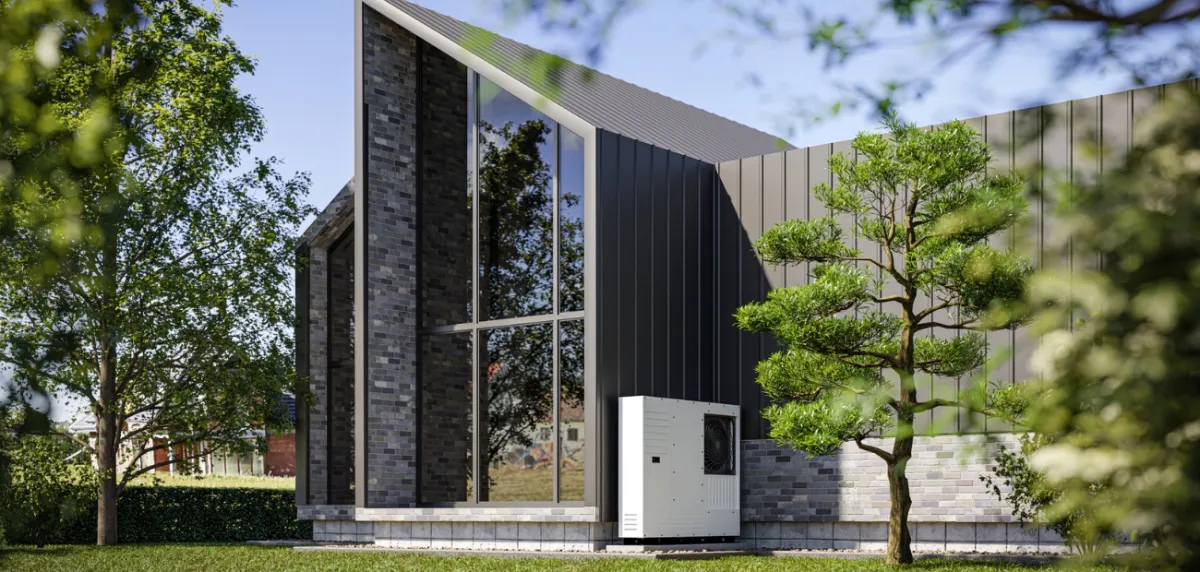Designers and stagers are finding innovative solutions to give people working from home more flexibility than a dedicated workspace often allows.

Real estate professionals and home stagers believe remote work has caused home offices to lose some of their allure, with homebuyers increasingly using this space for nonwork purposes instead.
Ash Staging, an interior design and home staging firm in New York, recently decided not to include the traditional home office when styling one of The Astor’s model residences as part of an effort to promote more flexible use of living spaces in this historic building. They transformed what would normally have been a fourth bedroom – typically used as an office – into an expansive den with lounging spaces suitable for relaxation, entertainment or quiet nooks for work – something their sales team believes resonates more with homebuyers.
Kyle Egan of Douglas Elliman who handles sales at The Astor says they continue to observe luxury buyers looking for flexible living space solutions that enable them to customize it according to their lifestyle needs. So they designed this area as a cozy lounge/media room complete with desk nook that serves as work spot when necessary – this approach has received positive response as they seek layouts and floorplans that provide this freedom of choice in personalizing their home to their lifestyle needs.
Under similar influence, 53 West 53 in Manhattan decided to forgoing home offices altogether in its recent home staging project and instead transformed an office into a game lounge featuring an fully stocked minibar and foosball table.
Studies have demonstrated that at-home workers enjoy greater flexibility when selecting where in their homes to work. No longer restricted by cords and outlets, they don’t need a designated space each day – instead taking their laptop with them wherever it may be needed such as to the kitchen island, living room sofa or even their local coffee shop!
According to social media technology firm Buffer’s 2023 “State of Remote Work (link is external)” study, about one third of consumers working remotely report having an office space at home dedicated solely for their workdays. Of that group however, nearly four fifths (45%) indicated their “home office” could be located anywhere within their living area – such as their bedroom, kitchen or living area. Eleven percent prefer moving around between rooms during their working day.
Some homeowners may prefer not devoting an entire space to a home office. Instead, they’d prefer a flexible space that easily adapts for entertainment, lounging, or occasional work – Egan says. “During the pandemic years, homes became everything for many–their office, movie theater, bar/restaurant, kids classroom etcetera,” notes Egan. Now that many people are back working in offices at least part time again, many are eager to switch back over from having home offices into adding flexible spaces that bring more joy and vibrant living into their home environment!
Egan believes study or work nooks can offer many of the same advantages of larger home offices, prioritizing design and comfort over functionalism and aesthetics. “We recognize modern buyers’ desire to incorporate both features without compromising precious space,” he states, noting this trend may accelerate in dense markets like New York.
Researchers have been studying home office spaces to see which designs work best to promote productivity. Many studies attribute a dedicated office space with increased productivity and decreased distractions; however, researchers acknowledge this may not always be feasible.


